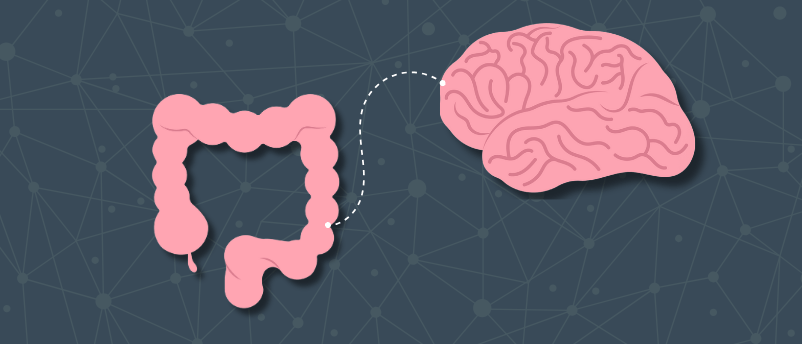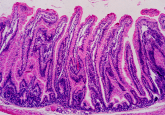Identifying a key protein for gut motility

Refer a colleague
A key pressure-sensing protein involved in intestinal movement and inflammation regulation has been identified.
Researchers from Harvard Medical School (MA, USA) and the Icahn School of Medicine at Mount Sinai (NY, USA) have uncovered a key pressure-sensing protein involved in gut motility and immune balance, which could help develop precision-targeted treatments for intestinal disorders.
Peristalsis – the contraction of the intestinal smooth muscle that propels food through the digestive system – is well known to be regulated by the enteric nervous system. However, how the nearly 500 million enteric neurons in the gastrointestinal tract sense and respond to mechanical force remains unknown.
PIEZO1, a well-known mechanosensitive protein, has previously been studied by corresponding author Ruaidhri Jackson (Harvard Medical School). This work revealed the protein’s role in sensing mechanical pressure in the lungs and initiating an inflammatory response, leading Jackson to question if this protein could be involved in peristalsis.
To investigate this, the researchers analyzed gene activity in human and mouse gut neurons, finding that the Piezo1 gene, precursor of the PIEZO1 protein, is highly active in excitatory gut neurons, which trigger gut motility through the release of acetylcholine. To confirm the abundance of PIEZO1 in these cells, the researchers genetically modified mice so that PIEZO1-producing neurons glowed green.

New method to study gut alterations in Alzheimer’s disease
X-ray tomography can be applied to identify cellular and structural alterations of the gut, which could be pivotal for early detection of Alzheimer’s disease.
Once the presence was confirmed, the researchers needed to understand the role of the protein. To do so, they genetically altered mice to lack Piezo1 and compared their intestinal tissue to control mice under varying pressure conditions. When pressure was increased, the intestines of control mice contracted, while the intestinal tissue of the mice lacking the gene failed to contract, confirming that PIEZO1 acts as a pressure sensor for gut motility.
Next, the researchers assessed how mechanical forces, such as those brought on by exercise, could affect gut movement. As expected, mice with functional Piezo1 had a bowel movement shortly after exercise; however, mice lacking the gene did not, suggesting that Piezo1 sensed the increased intestinal pressure and triggered gut motility.
With increased gut motility characteristic of inflammatory bowel disease (IBD), the researchers were curious about the protein’s role in this condition. As such, mouse models of IBD were created, allowing them to observe that mice with intact Piezo1 produced bowel movements more quickly than those with inactive Piezo1. Additionally, mice with inactive Piezo1 had worsened symptoms of IBD and gradually lost the layer of protective intestinal mucus that shields the colon walls. The worsened symptoms appeared to be a result of acetylcholine not being released, which acts as an anti-inflammatory agent.
The researchers hypothesized that the inflammation caused by IBD might prompt Piezo1 to trigger excitatory gut neurons to produce excess acetylcholine to fight inflammation, which would explain the increased gut motility associated with IBD.
The researchers plan to continue investigating PIEZO1 and how it can be targeted to treat intestinal disorders. “Eventually, we might stimulate PIEZO1 to speed up excretion, block it to treat diarrhea, or use it as a novel target to treat intestinal inflammation in IBD patients,” commented Jackson.
Submit to the F1000Research Cell & Molecular Biology Gateway
Take your cell and molecular biology research further with the F1000Research Gateway. Benefit from trusted publishing, open access, and transparent peer review to ensure your findings are shared responsibly and make a lasting impact. Share your discoveries with a global audience while maintaining full control over your work.
Submit your research today at F1000Research Cell & Molecular Biology Gateway.
Please enter your username and password below, if you are not yet a member of BioTechniques remember you can register for free.

